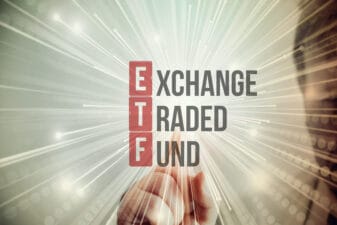The Canada Pension Plan (CPP) is a crucial portion of retirement income. For 2020, the maximum monthly amount a new recipient could receive starting at age 65 is $1,175.83. However, the average monthly amount (for June 2020) is only $710.41, which means you can expect to collect roughly $8,524.92 in yearly benefits.
With the fallout from and uncertainty created by COVID-19, the CPP enhancement should matter to soon-to-be retirees. Most will not receive the maximum benefits, but any increase in contribution would mean a higher CPP payout. The contributions resulting from the enhancement will be phased-in gradually over seven years in two phases.
Phase 1
The CPP contribution is gradually increasing from 2019 to 2023, but it will only affect those working and contributing as of 2019. Users should welcome higher contributions. The enhancements translate to increased CPP retirement pension and boost post-retirement benefit, disability pension, and survivor’s pension amounts.
In 2019, the employer /employee contribution rate already increased by 5.15%. Note that the self-employed rate is always double the employer/employee rate. The following are yearly increases: 2020 – 5.25%; 2021 – 5.45%; 2022 – 5.70%; and 2023 – 5.95%. The enhancement from 2019 to 2023 is only the first phase.
Phase 2
There will be a second higher limit starting in 2024. In the second phase, a user can invest an additional portion of earnings to the CPP. The new limit (second earnings limit) or the year’s additional maximum pensionable earnings is not replacing the first earnings ceiling. Thus, CPP subject a user’s earnings to two earnings limits.
The resulting range of earnings covered by the Plan will start at the first earnings ceiling (estimated to be $69,700 in 2025). It then rises by 14% in 2025 in the second earnings ceiling (about $79,400). Both earnings ceiling increase annually to reflect wage growth.
CPP stock
Would-be retirees in Canada need to supplement their CPP pensions because, even with the enhancements, the payment replaces only one-third of the average work earnings. If you’re building a nest egg, you can invest in stocks where the Canada Pension Plan Investment Board (CPPIB) invests.
The CPPIB is an independent organization that manages the CPP fund on behalf of nearly 20 million contributors or pensioners. You can follow the fund manager’s lead and include the telecom giant BCE (TSX:BCE)(NYSE: BCE) in your retirement portfolio.
COVID-19 is rearranging people’s lifestyle and working environment. BCE is an excellent choice because telecommunication services and the Internet are essentials, no longer luxuries. The $50.4 billion company is among the safest and defensive assets.
BCE has a wide economic moat that should endure for years. It owns the largest network of data centres in the country, not to mention Canada’s national network, Bell LTE. BCE also dominates the residential communications space, providing fibre-based Fibe TV and Fibe Internet, Connected Home services and home phones in seven provinces.
BCE will not disappoint investors, particularly retirees. This telco stock pays a generous 6.07% dividend. The income ($16,464.88) from a $271,250 investment will approximate the maximum annual CPP pension you could receive.
Retirement security
The bottom line is to welcome the enhancements for retirement security. As your earnings grow, you will contribute more toward your CPP benefits for the future.








